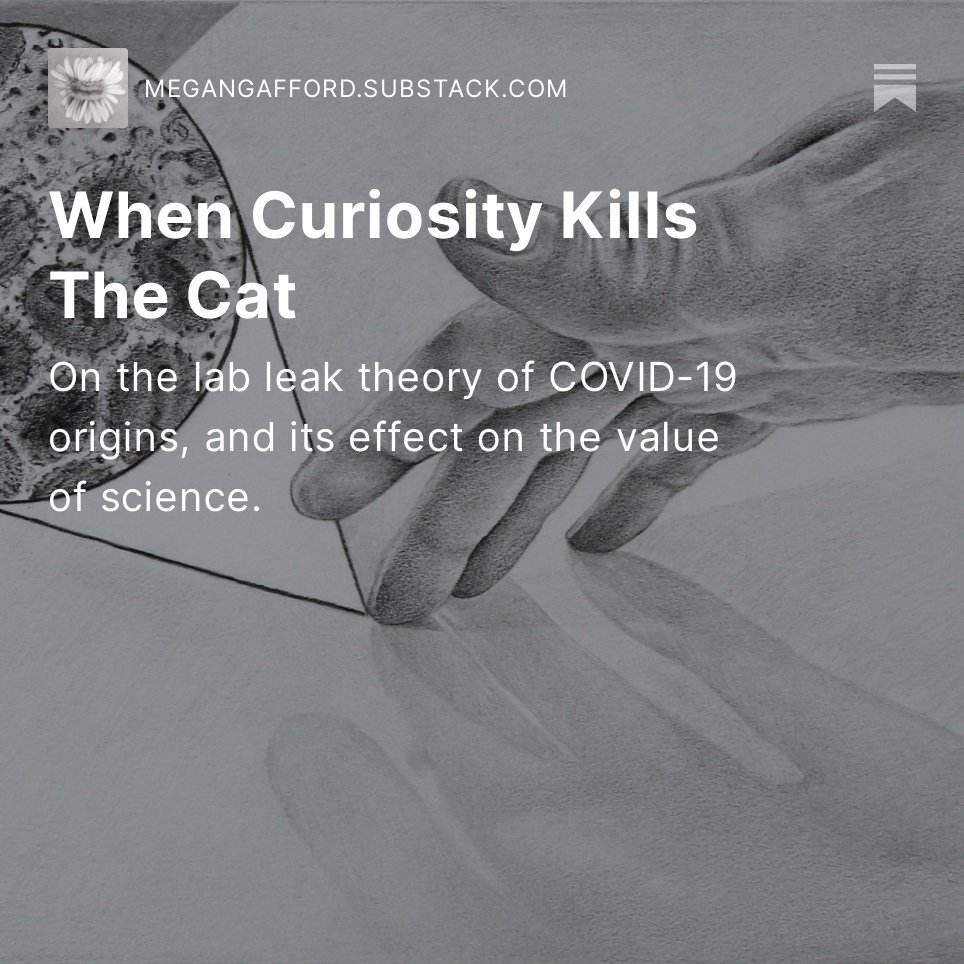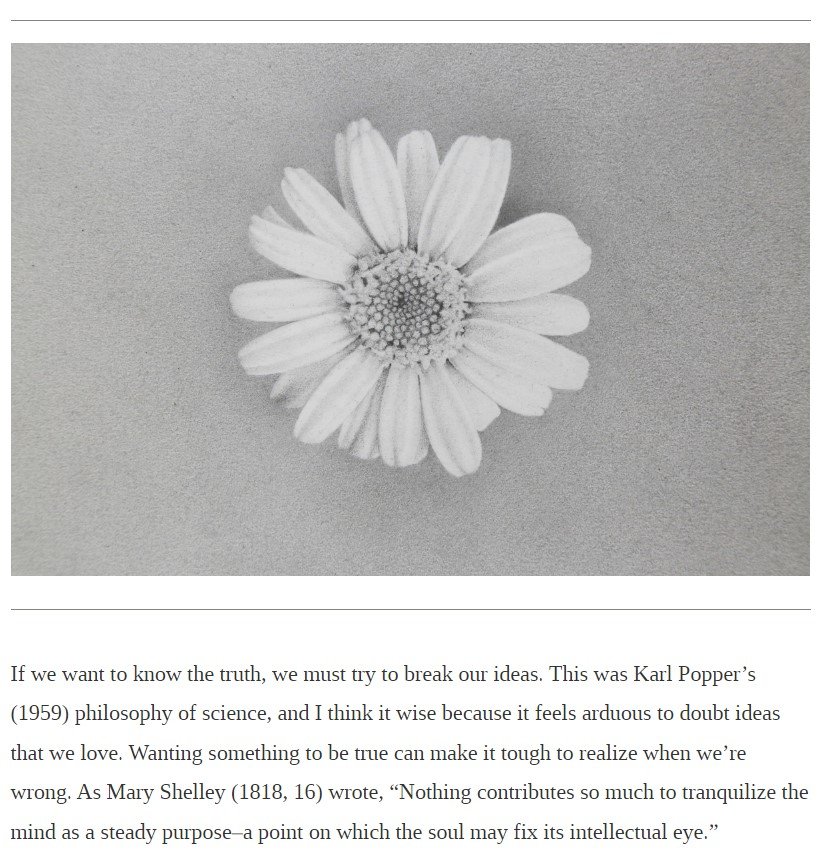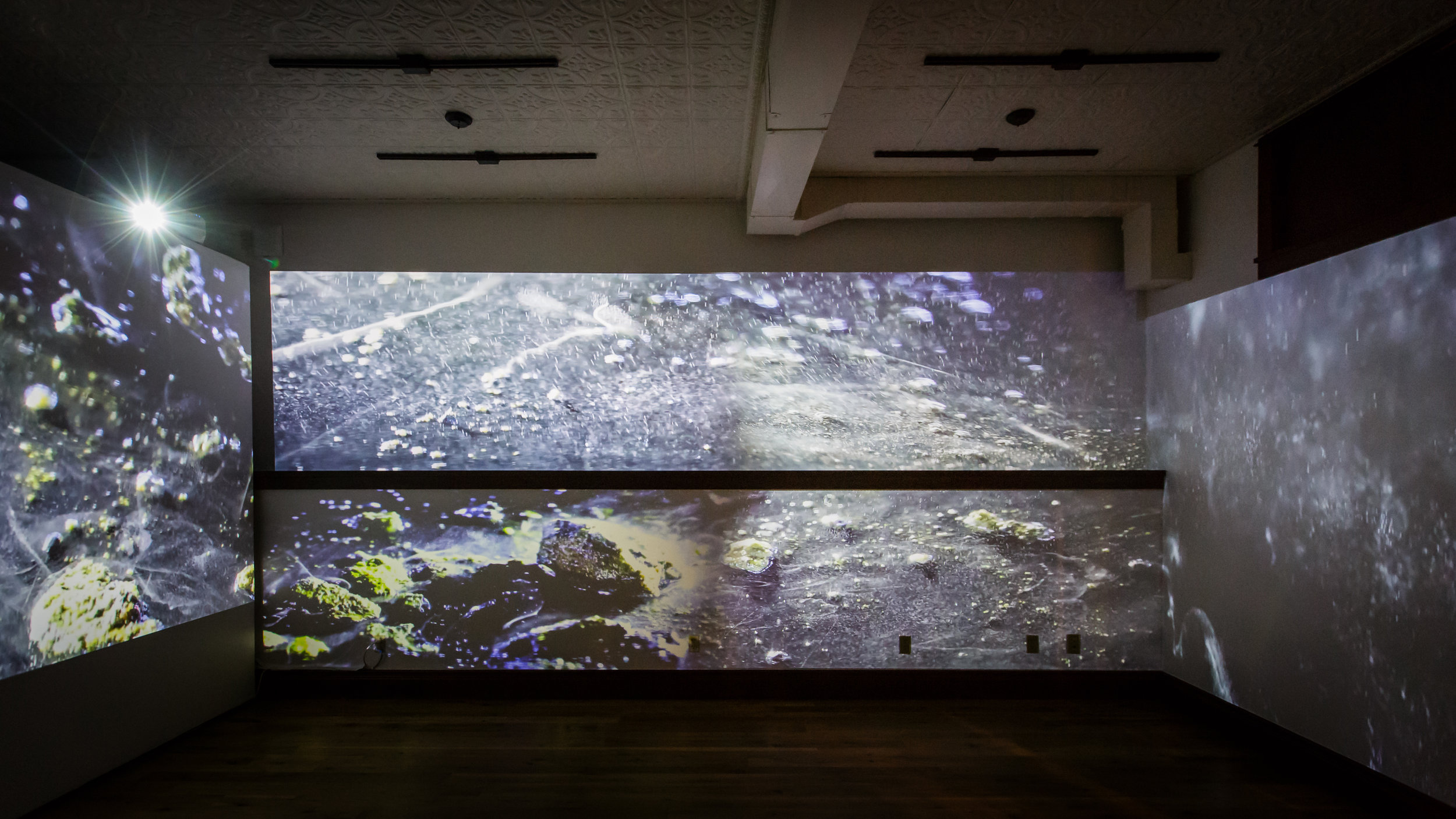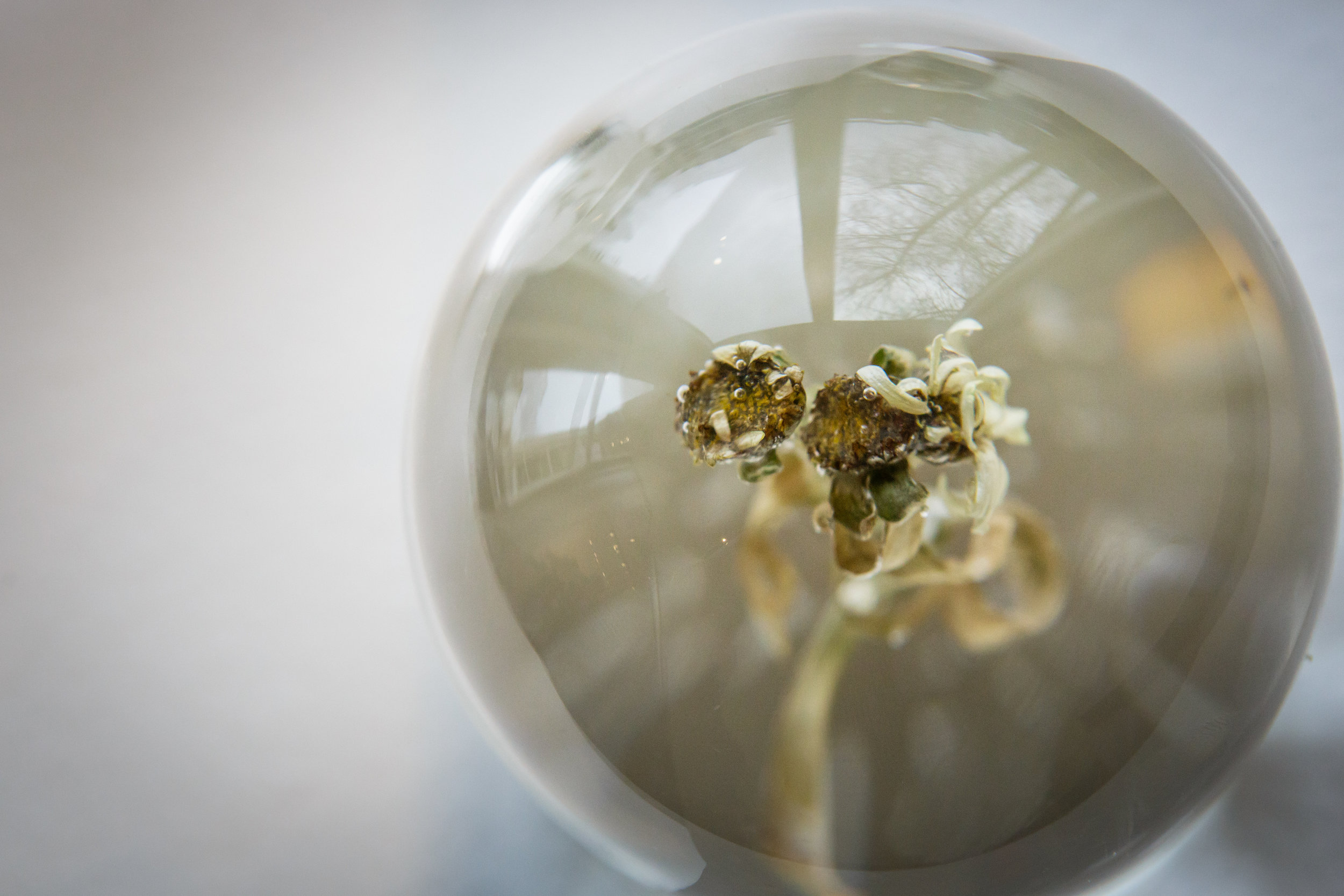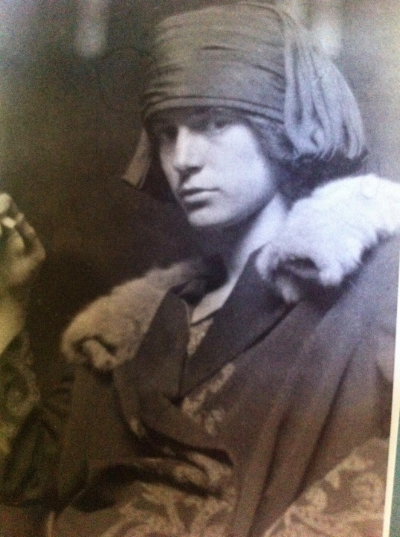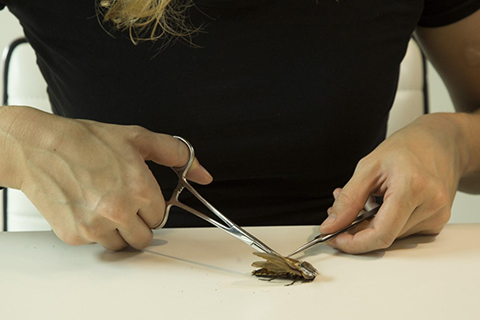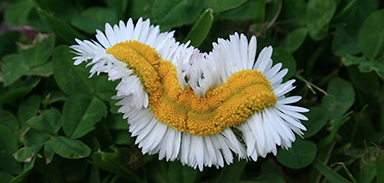Thank you, Dr. Verner, for inviting me to speak today. It’s an honor to return to my Alma Mater. I hope each of you know how lucky you are to have Dr. Verner as the director of your Women’s Center. When I was a student here she was my greatest mentor, and so I know how devoted she is to her students. I want to begin by telling you a story, in which Dr. Verner played a part, and then use this story to draw an analogy between the lesson I learned and my opinions on political art.
I hope you don’t mind my starting with an anecdote rather than getting straight to the point - but after all, “the personal is political.”
That phrase emerged during the second-wave feminist movement in the late 1960s to describe the way personal events are connected to the great sociopolitical struggles. It is a powerful idea. Every person in this room has experiences that exemplify the painful problems plaguing the human race.
While there is immense value in talking about those problems in a general sense, using the language of statistics, we often find that the devil is in the details; the stories we tell fill statistical knowledge with substance, or they help us understand things we have no data to explain.
And so, here is my story:
I came to UNO as a fundamentalist Christian, but I graduated as an atheist. New Orleans has a reputation for corrupting debauchery, but what actually shook my faith was enrolling in Dr. Verner’s “Bible as Literature” class. This wasn’t her intention, of course. For the first time, I studied the bible as a human creation rather than the revealed word of god, and so I noticed a number of errors. Because I believed the bible had to be literally true, a single crack made everything crumble.
I came to realize that I couldn’t believe anymore, and poor Dr. Verner felt terrible when she received my soul-searching emails describing how my whole world-view was falling apart.
I remember staring at the hardwood floor, flecked with cat hair, in the exact moment when it all came undone. The floorboards looked so solid, yet my reality liquidated... and I couldn’t discern what ideas, if any, were worth integrating into a new understanding of how the world works.
My certainty about the meaning of my own life left me. I felt like I was mourning the death of my father. Except I also felt like a bit of an idiot, like an adult with an imaginary friend. It used to be that during such anguish I would have prayed, but I remembered all the times I had prayed before, when I had truly thought I was receiving a response, and it made me feel a little crazy - like a schizophrenic listening to the voices in her head.
This moment is my most edifying lesson. And as harrowing as it felt, I hope it is an experience that you share with me. I don’t mean, specifically, that I want you to lose faith in god, but that I hope you feel what it’s like to find out how completely wrong you are about something you had failed to doubt.
Your certainty will be replaced by humility, and in turn your humility will inoculate you against dogma. Of course, this will not prevent you from being completely wrong again, but it will help you realize your mistakes sooner and arm you with the strength to change your mind.
I wanted to tell you this story before discussing political, feminist art, because politics is similar to religion in that both are ideologies. Ideologies shape our identities, so that losing faith is like amputating a limb.
I have lost faith in political art. The revision wasn’t quite as painful as losing my religion, but it was still distressing to shift from creating political art to deciding that it is bad art. After all, shouldn’t a feminist enjoy feminist art? No one wants to feel like a traitor to her cause. But I am no traitor, and I am here to make a feminist argument against political art.
We are living with so much partisan tension that it feels foolish to criticize our own tribe. It feels as though the stakes are too high, and the other side is so sinister that we cannot risk giving them any ammo. But this instinct helps us cling to our bad ideas, our bad art. So I am going to suppress this instinct, and explain my problem with the commingling of art and politics in two parts: first, I’ll analyze the trending all-women art shows; second, I’ll review individual artists.
All-women art shows are an effort to remedy the sexism of art history, and to combat the sexism of today. This tactic began in the 1950s, then fell out of favor until a blockbuster 2007 show at the Museum of Modern Art in New York City called WACK! Art and the Feminist Revolution.
